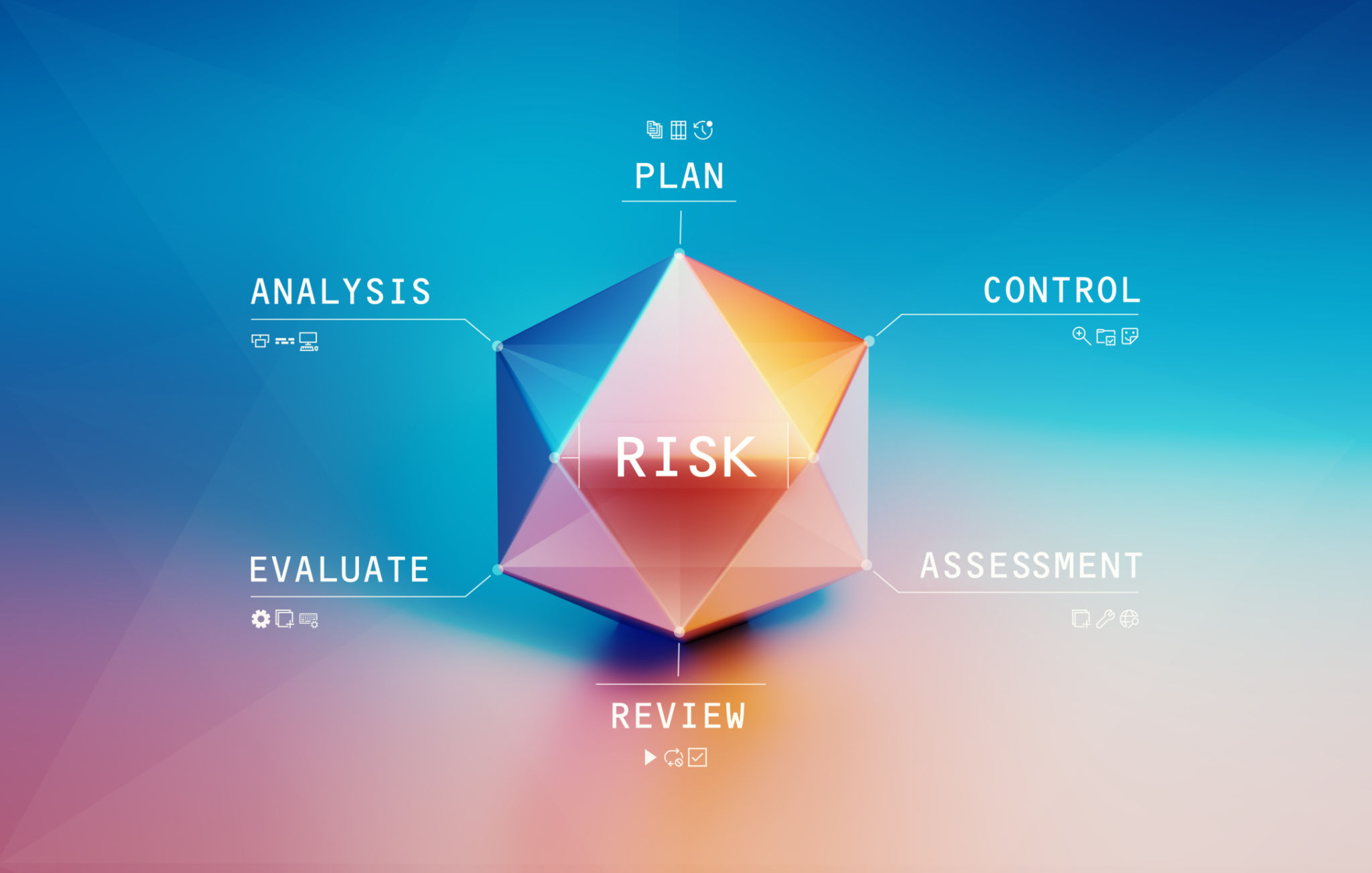AI vs. Traditional Methods: Which is Better for Structural Risk Assessment?
Introduction to Structural Risk Assessment
The field of structural risk assessment has evolved significantly over the years. Traditionally, it relied heavily on manual inspections, expert judgments, and historical data. However, with the advent of artificial intelligence (AI), there is now a powerful tool that can potentially transform how structural risks are assessed. But the question remains: which method is better suited for today's challenges?

Traditional Methods: Tried and Tested
Traditional methods of structural risk assessment have been in use for decades. These methods often involve a combination of manual inspections, engineering analyses, and the application of established codes and standards. One of the main advantages is the reliance on human expertise, which allows for intuitive and experience-based decision-making.
However, these methods can be time-consuming and labor-intensive. They often require physical presence and can be subject to human error or bias. Despite these limitations, traditional methods are still highly valued for their reliability and the depth of expertise they bring to complex assessments.
Components of Traditional Assessment
Traditional assessments typically include:
- On-site inspections by skilled engineers
- Utilization of historical data for trend analysis
- Application of engineering principles and codes
The Rise of AI in Structural Risk Assessment
AI has introduced new possibilities in structural risk assessment by integrating machine learning algorithms and advanced data analytics. AI systems can process vast amounts of data at incredible speeds, identifying patterns and anomalies that might be missed by human inspectors.

One significant advantage of AI is its ability to continuously learn and improve its assessments over time. This means that AI can potentially provide more accurate and timely evaluations, especially when dealing with large-scale structures or complex data sets.
Benefits of AI Integration
The integration of AI in structural risk assessment offers several benefits, including:
- Enhanced accuracy through data-driven insights
- Increased efficiency by automating routine tasks
- Scalability to handle large and complex structures
Challenges and Considerations
Despite its advantages, AI in structural risk assessment is not without challenges. One major concern is the dependence on accurate data. AI systems require high-quality, relevant data to function effectively. Without this, their assessments could be flawed or misleading.

Moreover, there is a need for human oversight to interpret AI-generated insights correctly. Engineers must work alongside AI tools to ensure that assessments are not only technically sound but also practically applicable.
Balancing AI and Traditional Methods
The optimal approach may well be a combination of both AI and traditional methods. By leveraging the strengths of both approaches, organizations can benefit from enhanced accuracy and efficiency while maintaining the depth of human expertise and judgment.
Conclusion: Finding the Best Approach
In the debate between AI and traditional methods for structural risk assessment, there is no one-size-fits-all answer. Each method has its strengths and weaknesses, and the best approach depends on the specific needs and context of the assessment. As technology continues to advance, blending AI with tried-and-tested traditional methods may provide the most comprehensive solution for managing structural risks effectively.
